43 nutrient content claims on food labels
Protein Label - LabelCalc To have a nutrient content claim of a food being a "Good Source of Protein" the food must contain 10-19% of the DV per RACC, or 5 to 9.5g of protein per RACC. If you would like to have your food product touted as having "more protein" than a referenced food, your product must have 10% more of the DV per RACC than the referenced food ... Nutrient Claims on Food Labels | Home & Garden Information Center Sodium content cannot exceed 360 mg per serving for individual foods and 480 mg per serving for meal-type products. If a food is labeled "healthy" or makes a health claim, it cannot contain any nutrient that increases the risk for disease. It must contain no more than 20% of the DV per serving of total fat, saturated fat, cholesterol, or sodium.
Nutritionist Pro™ | Nutrition Food Labels Create nutrition labels for packages easily and quickly. Edit and create recipes. Select from many label designs. Pick Bilingual or single language labels. Sub ingredient list for foods. Built in Rounding Rules and Daily Value % calculations. Nutrient content claims like Sugar Free, Fat Free, etc. Label design from many regions.
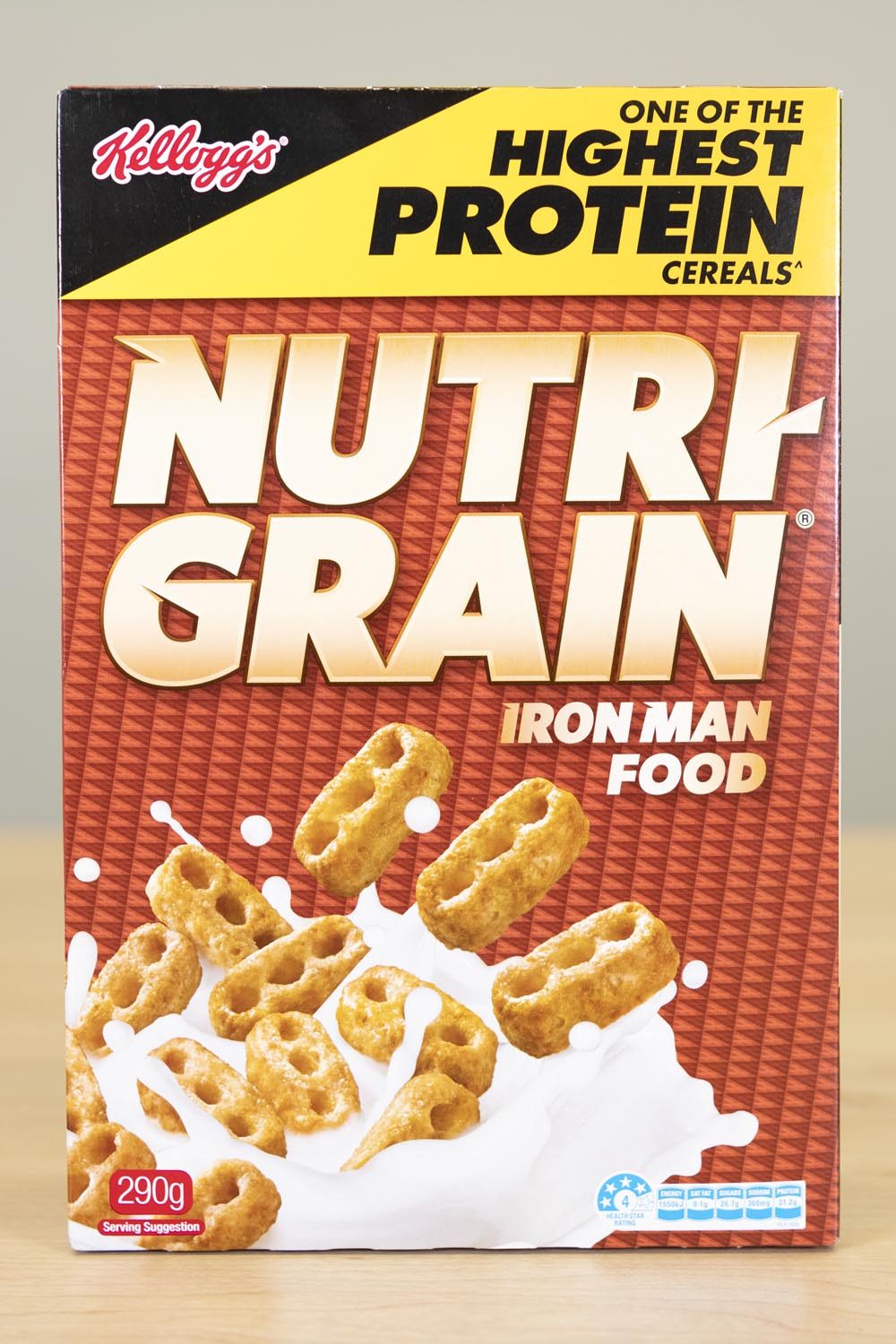
Nutrient content claims on food labels
Nutrition and Health Claims in Food Labelling | Eufic Nutrition claims, which state, suggest or imply that a food has particular beneficial properties due to its composition (regarding energy or a particular nutrient ). Examples of this type of claim will be: 'source of', 'free of', 'high', 'low' or 'reduced' in calories or a particular nutrient. Nutrition content claims and health claims - Food Standards Nutrition content claims are about the content of certain nutrients or substances in a food, such as 'low in fat ' or 'good source of calcium'. These claims need to meet certain criteria. For example, food with a 'good source of calcium' claim needs to contain at least the amount of calcium specified in the Standard. Health claims Nutrient content claims - LII / Legal Information Institute (1) nutrient content claims that have not been defined by regulation and that are contained in the brand name of a specific food product that was the brand name in use on such food before october 25, 1989, may continue to be used as part of that brand name for such product, provided that they are not false or misleading under section 403 (a) of …
Nutrient content claims on food labels. Food Packaging Claims | American Heart Association "Nutrient content claims" are used for two purposes: To describe the level of a nutrient in the product using terms such as free, high, and low or To compare the level of a nutrient in a food to another food using terms such as more, reduced, and lite. Factual Food Labels: Health Claims - Master of Science in Nutritional ... This type of claim describes the nutritional content and nutrient levels of the food product in comparison to the accepted standard of the product. The terms that are used in this type of label is "free," "reduced," "high," and "low." These type of claims are only applicable to nutrients that have a % daily value established ... Understanding Food Labels and Health Claims - Nutrition Essentials This label is called a Nutrition Facts panel, which gives information on the number of servings per container, the number of calories per serving, and certain nutrients. Specifically, it lists the macronutrients and four of the most important micronutrients people need to pay special attention to, such as Vitamin D, Calcium, Iron, and potassium. Nutrient Claims on Food Labels - Truly Good Foods Nutrient Claims on Food Labels July 19, 2018 Nutrient claims describe the content of a food, including the amount of nutrients, calories, cholesterol or fiber, but not in exact amounts. Usually on the front of the food label, the nutrient claim provides a quick comparison between similar products.
Dietary Supplement Facts Panel vs. Nutritional Facts Panel Nutrient Content Claims. Nutrient content claims describe the level of a nutrient in the product using the words free, high, low, more, reduced, or lite. Dietary supplements may use percentage levels to refer to ingredients without daily value (DV), such as "40% omega-3 fatty acids," which is not allowed for food products. Structure/Function Claims Nutrient Content Claims | FDA Nutrient Content Claims. See Claims That Can Be Made for Conventional Foods and Dietary Supplements for definitions of claims. Final Rule: Food Labeling: Nutrient Content Claims; Alpha-Linolenic ... Understanding Food Labels | The Nutrition Source | Harvard T.H. Chan ... Under the Food Allergen Labeling and Consumer Protection Act of 2004, eight major food allergens—milk, fish, tree nuts, peanuts, shellfish, wheat, eggs, and soybeans—are required to be listed in a "contains" statement near the Ingredients list if present in a food. An example would be "contains wheat, milk, and soy." D (2011) Nutrition labels on pre-packaged foods: a systematic review ... This article examines the challenges resulting from the regulation of written discourse on food packages. It uses as a case study Hong Kong's strict new food-labeling law that requires distributers and retailers to remove certain nutritional claims from packages of imported food before they sell them.
Specific nutrient content claim requirements - Food labels - Canadian ... Certain nutrient content claims are permitted on food labels and in advertising, provided specific conditions related to the compositional criteria and labelling or advertising requirements are respected. ... The use of a nutrient content claim, on the label or in an advertisement, does not trigger the NFt or any accompanying information [B.01. ... Food Labeling: Nutrient Content Claims; Alpha-Linolenic Acid ... the notification must contain specific information including: (1) the exact wording of the prospective nutrient content claim, (2) a concise description of the basis upon which the notifier relied for determining that the requirements for an authoritative statement in section 403 (r) (2) (g) (i) of the fd&c act have been satisfied, (3) a copy of … eCFR :: 21 CFR 101.10 -- Nutrition labeling of restaurant foods whose ... § 101.10 Nutrition labeling of restaurant foods whose labels or labeling bear nutrient content claims or health claims. Nutrition labeling in accordance with § 101.9 shall be provided upon request for any restaurant food or meal for which a nutrient content claim (as defined in § 101.13 or in subpart D of this part) or a health claim (as defined in § 101.14 and permitted by a regulation in ... Nutrient Content Claim vs Health Claim - LabelCalc Nutrient content claims, which are commonly used on food labels, either refer to the amount of a nutrient in a product or compare the levels of a nutrient in that food to a similar reference food. When referring to the amount of a nutrient in a product, words such as "low," "free," and "high" are often used.
Regulating health claims on food labels using nutrient ... - PubMed Nutrition composition and ingredients were collected from the packaging, enabling nutrient profiling. The proportion of products in each category carrying claims and the proportion of these that did not meet the nutrient profiling criteria were calculated. Results: Of those carrying health claims, 31 % did not meet the nutrient profiling criteria.
Nutrient Content - an overview | ScienceDirect Topics D. McCrea, in Encyclopedia of Food Safety, 2014 Nutrient Content. A nutrient content claim is a nutrition claim that describes the level of a nutrient contained in a food, such as, 'source of calcium' and 'low in fat.' Reference levels at which a content claim can be used are specified in international and national legislations. For example, to make a claim of low fat, the table of ...
Nutrient content claims: what they mean - Canada.ca Table of nutrient-content claims and what they mean. The food provides an amount of a nutrient that is so small it likely won't have any effect on your body. The food is processed/modified so that it contains at least 25% less of the nutrient when compared with a similar product. Contains no added fats or oils or added butter or ghee, or ...
Notice of modification: Incorporating by reference the "Nutrition ... Reference number: [NOM/ADM-NCC-2022-1] July 20, 2022. Background. Health Canada published the Notice of proposal - Incorporating by reference the "Nutrition labelling - Table of permitted nutrient content statements and claims" - Reference number: NOP/ADP-NCC-2018-1 on February 10, 2018, which was open to the public for comments for 75 days. The notice of proposal was published in ...
Nutrient content claims - Canadian Food Inspection Agency Specific nutrient content claim requirements How to use the claims tables Energy and calorie claims Protein claims Fat claims Saturated fatty acid claims Trans fatty acid claims Omega-3 and omega-6 polyunsaturated fatty acid claims Cholesterol claims Sodium (salt) claims Potassium claims Carbohydrate and sugars claims Dietary fibre claims
Nutrition claims - Food Safety A claim that a food is high in omega-3 fatty acids, and any claim likely to have the same meaning for the consumer, may only be made where the product contains at least 0,6 g alpha-linolenic acid per 100 g and per 100 kcal, or at least 80 mg of the sum of eicosapentaenoic acid and docosahexaenoic acid per 100 g and per 100 kcal.
Status of Nutrition Labeling, Health Claims, and Nutrient Content ... Status of Nutrition Labeling, Health Claims, and Nutrient Content Claims for Processed Foods: 1997 Food Label and Package Survey - PubMed The Food and Drug Administration (FDA) conducts studies of food labels as part of its ongoing monitoring of the nutritional status of the US population.
Label Claims for Conventional Foods and Dietary Supplements Nutrient Content Claims The Nutrition Labeling and Education Act of 1990 (NLEA) permits the use of label claims that characterize the level of a nutrient in a food (i.e., nutrient content claims)...
eCFR :: 21 CFR Part 101 -- Food Labeling Nutrient content claims for the calorie content of foods. § 101.61: Nutrient content claims for the sodium content of foods. § 101.62: Nutrient content claims for fat, fatty acid, and cholesterol content of foods. § 101.65: Implied nutrient content claims and related label statements. § 101.67: Use of nutrient content claims for butter ...

Factual Food Labels: Health Claims - UT Austin 100% Online Master of Science in Nutritional Science
Factual Food Labels: Health Claims This type of claim describes the nutritional content and nutrient levels of the food product in comparison to the accepted standard of the product. The terms that are used in this type of label is "free," "reduced," "high," and "low." These type of claims are only applicable to nutrients that have a % daily value established such as saturated ...
Nutrient content claims - LII / Legal Information Institute (1) nutrient content claims that have not been defined by regulation and that are contained in the brand name of a specific food product that was the brand name in use on such food before october 25, 1989, may continue to be used as part of that brand name for such product, provided that they are not false or misleading under section 403 (a) of …
Nutrition content claims and health claims - Food Standards Nutrition content claims are about the content of certain nutrients or substances in a food, such as 'low in fat ' or 'good source of calcium'. These claims need to meet certain criteria. For example, food with a 'good source of calcium' claim needs to contain at least the amount of calcium specified in the Standard. Health claims
Nutrition and Health Claims in Food Labelling | Eufic Nutrition claims, which state, suggest or imply that a food has particular beneficial properties due to its composition (regarding energy or a particular nutrient ). Examples of this type of claim will be: 'source of', 'free of', 'high', 'low' or 'reduced' in calories or a particular nutrient.
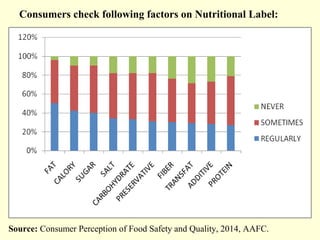


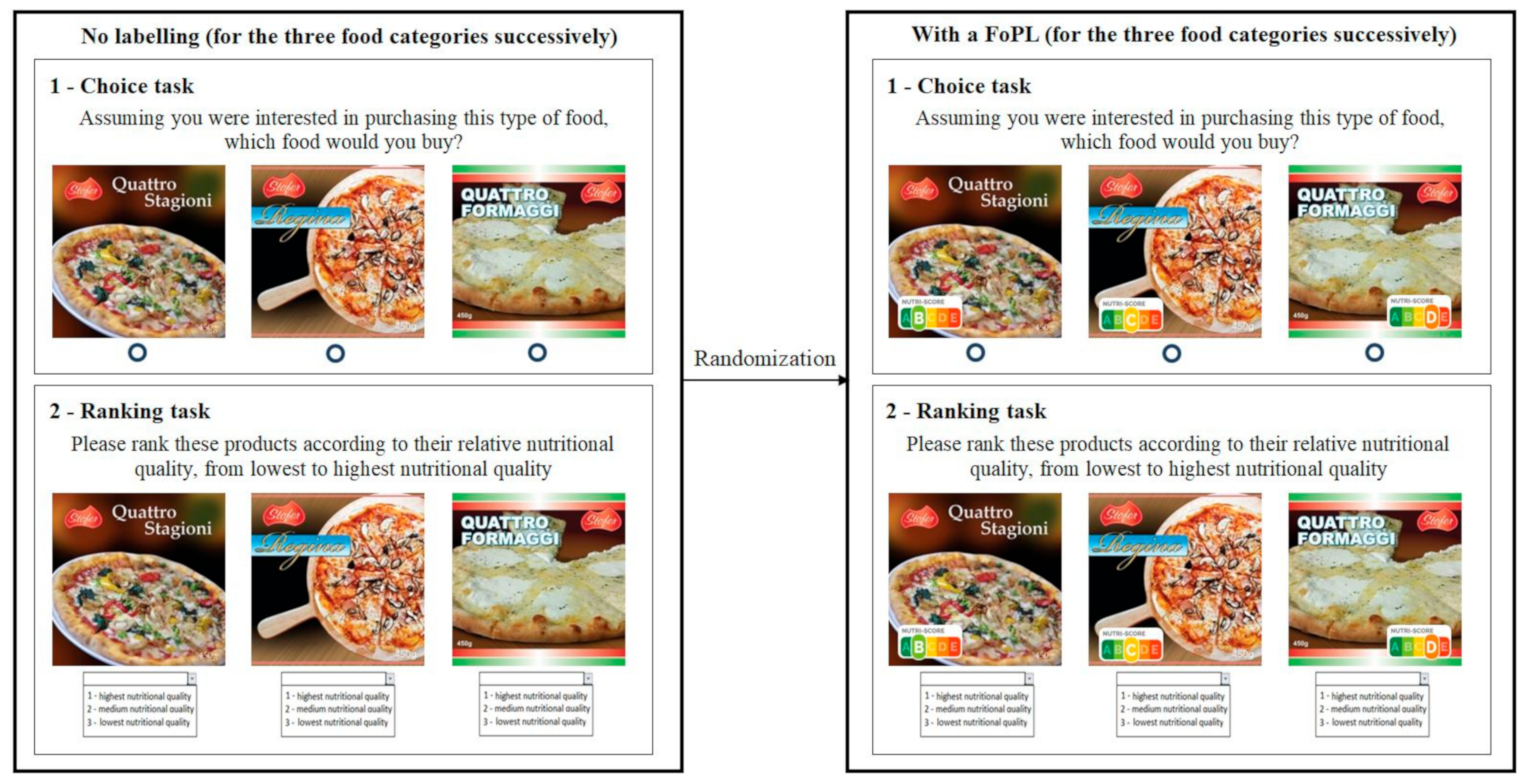
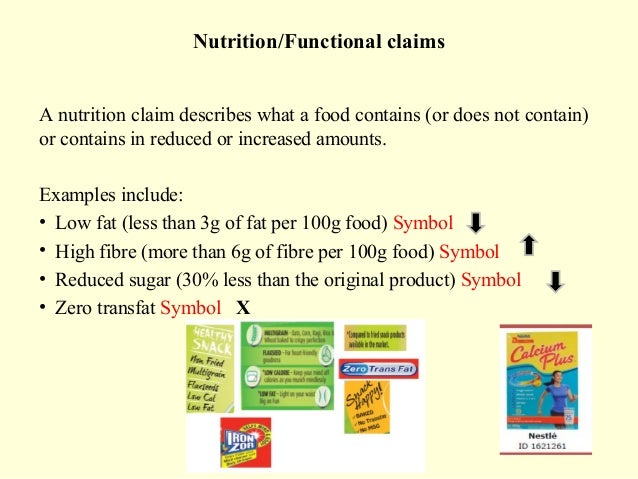
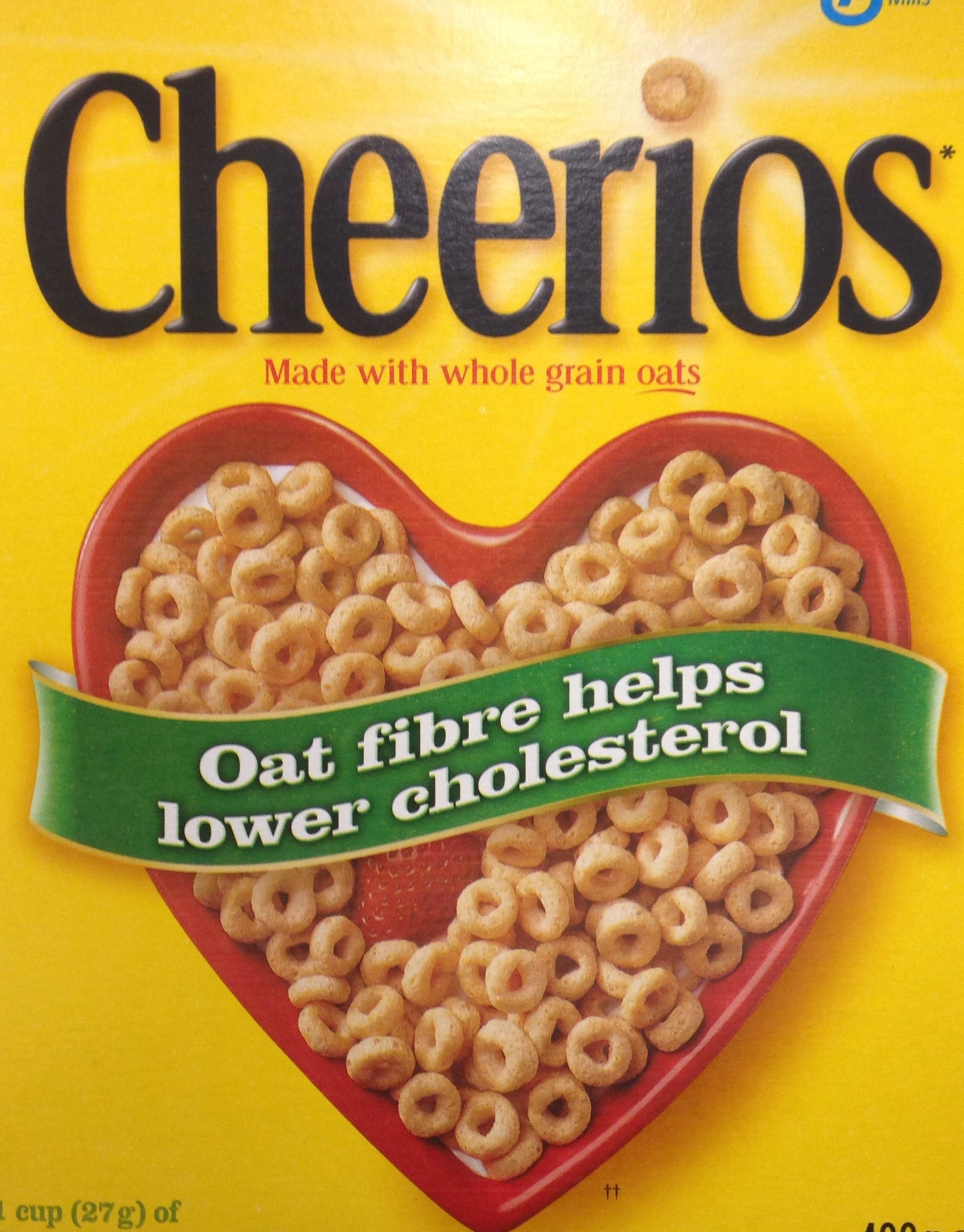

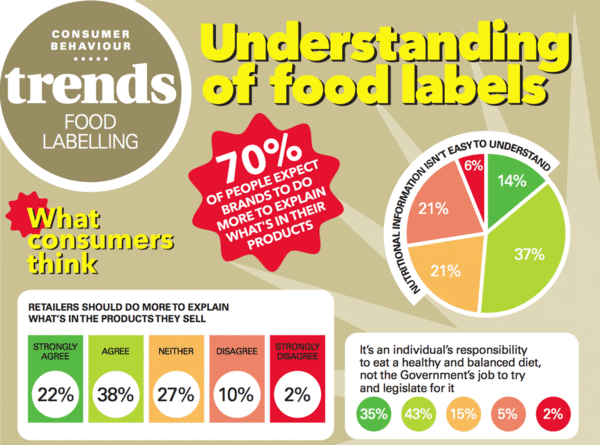
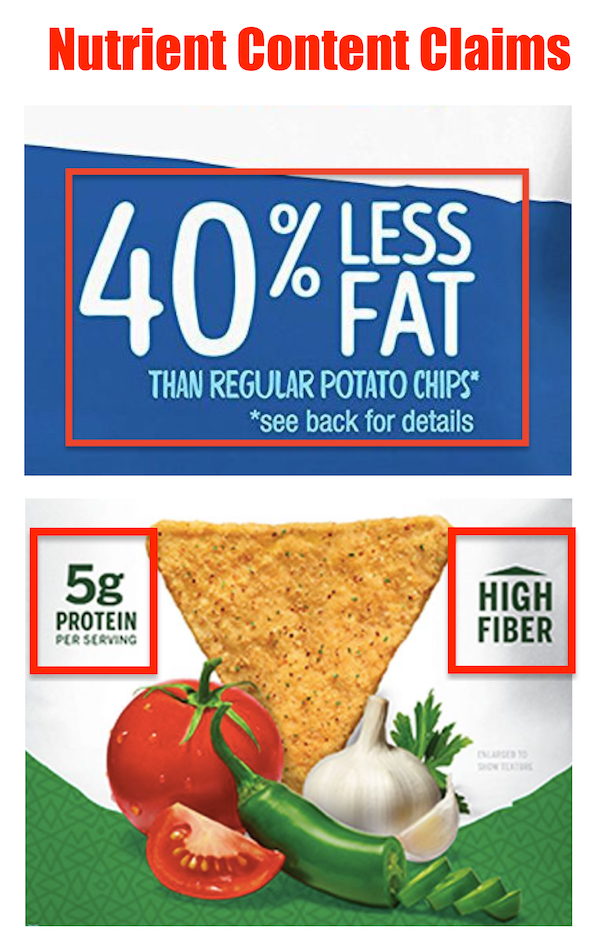
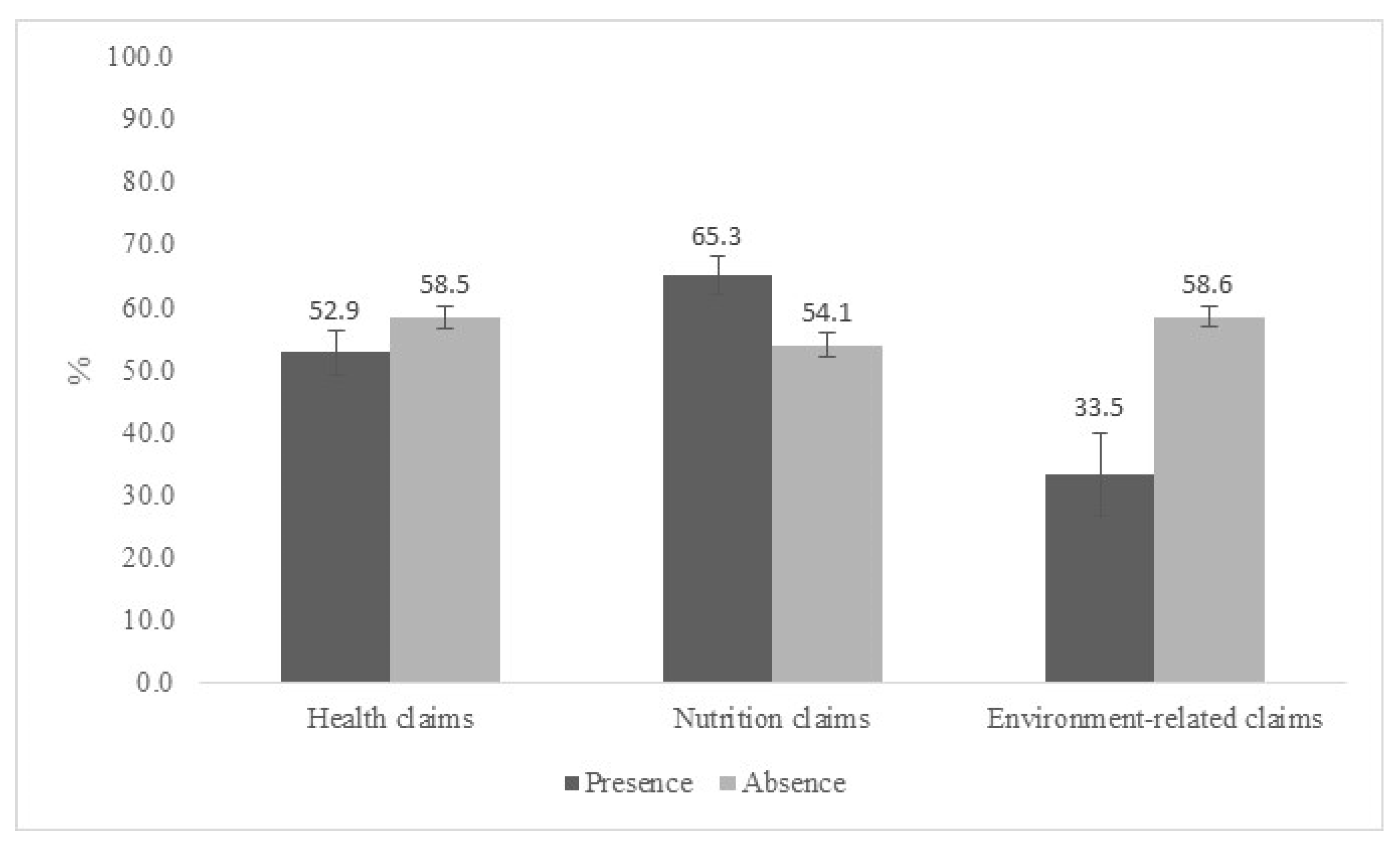
Post a Comment for "43 nutrient content claims on food labels"